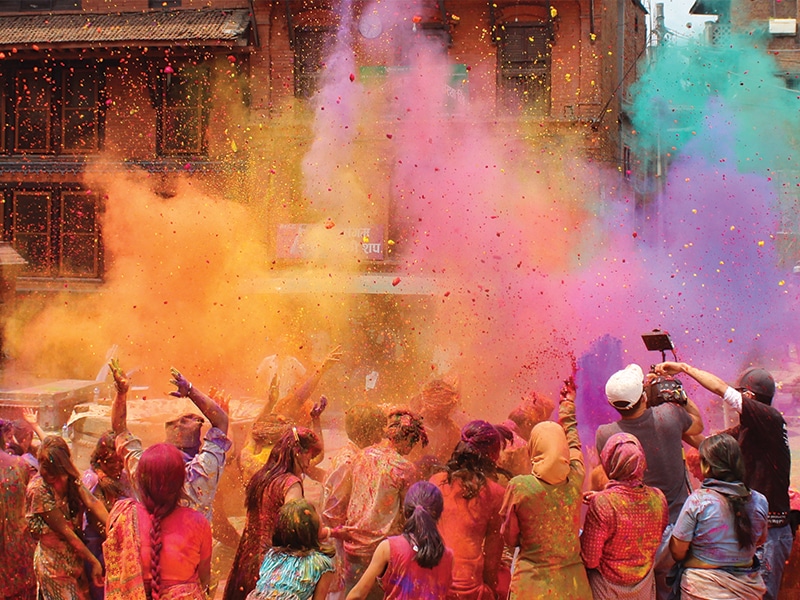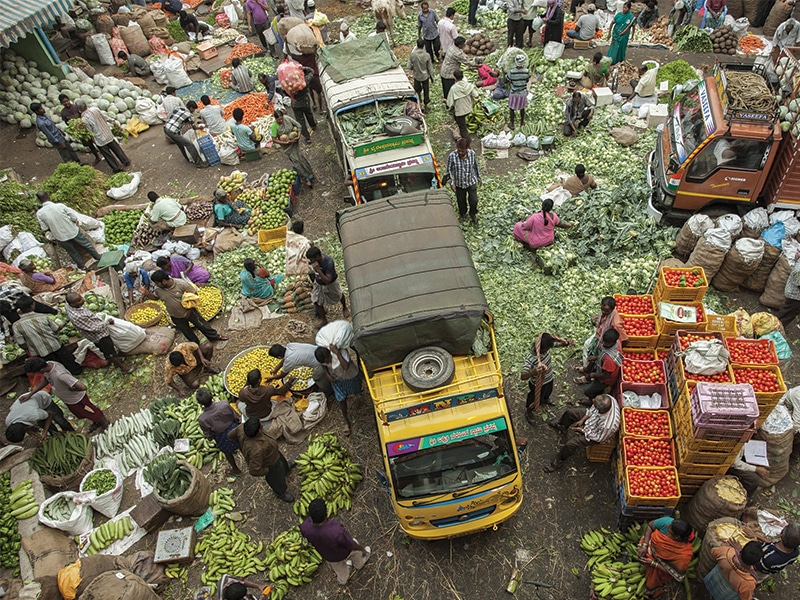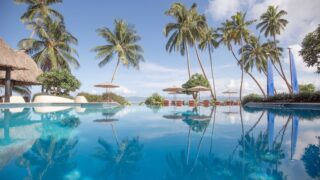India is a must-see – a land of incredible culture and cuisine, and one of the world’s most colourful destinations. Popular spots on an itinerary include Delhi, Jaipur, Agra, Kerala, Goa, Mumbai, Rajasthan and Bangalore. Before you head off, you’ll want to do a bit of research and learn the do’s and don’ts from various sources. Here’s our list of facts and recommendations to help you!
THE BASICS
Population: 1.34 billion
Capital: New Delhi
Religion: Hindu (80%), Muslim (14%), plus Christian, Sikh, Buddhist, Jain and others
Emergency numbers: 100 (police), 101 (fire), 102 (medical)
FACT FILE
Trivia time!
- The games Chess and Snakes & Ladders (mokshapat) originated in India.
- Approximately 5,000 Mumbai dabbawalas (“ones who carry the boxes”) deliver about 200,000 lunchboxes (dabba) containing freshly made food from their customer’s home to their offices each day.
- Indian Railways is the eighth largest employer in the world with a workforce of 1.5 million.
- Khari Baoli in New Delhi is Asia’s largest wholesale spice market.
- Chail Cricket Ground in Chail, Himachal Pradesh, is the highest cricket ground in the world.
- India is the world’s second largest English-speaking country
The key dates
- Vesak Day, celebrating the birth, enlightenment and death of Buddha.
- Deepavali, or Diwali, the festival of lights – a five-day Hindu festival, which includes the lighting of lamps, plenty of firecrackers and sharing of sweets.
The hot spots
Aside from the popular destinations mentioned above in the introduction, there are more than 30 World Heritage Sites in India, including the Taj Mahal, Delhi’s Qutb Minar, the churches and convents of Goa, and the Ellora Caves.
Some itinerary ideas
- “The Golden Triangle”: Delhi – Agra (Taj Mahal) – Jaipur • Beaches: Mumbai – Goa – Kochi – Allepey – Kerala backwaters
- Mountains: Delhi – Leh – Himalayas
- Culture & Religion: Kolkata – Bodhgaya – Varanasi
How to stay healthy
- Malaria is prevalent throughout most parts of the country, and be aware that Chloroquine is not an effective antimalarial drug in India
- Be careful with food and water. Drink bottled water, be wary of street food and take anti-diarrhoeal medicine
- If you visit the Himalayan mountains, ascend gradually; adjusting to high altitudes can give you insomnia, headaches and nausea
While you’re there, please don’t…
Eat food or pass objects with your left hand; the left hand is used to perform bathroom functions, and is therefore traditionally considered unclean
Before you go, read…
- A Suitable Boy, by Vikram Seth – one of the longest books ever to be published, it follows four families over 18-months as a mother searches for a suitable boy for her daughter.
- Life of Pi, by Yann Martell – a fantastical novel with a dark underbelly.
Before you go, watch…
- Gandhi – the story of the leader of the Indian revolt against British rule and his philosophy of non-violent protest.
- A Passage to India – based on the novel by EM Forster, the film focuses on doomed friendships and colonial distrust.
They said it
“The Indian way of life provides the vision of the natural, real way of life. We veil ourselves with unnatural masks. On the face of India are the tender expressions, which carry the mark of the creator’s hand.” – George Bernard Shaw, playwright
“In India, ‘cold weather’ is merely a conventional phrase and has come into use through the necessity of having some way to distinguish between weather which will melt a brass doorknob and weather which will only make it mushy.” – Mark Twain, author
FAQs
Do I need a visa?
Citizens of Hong Kong are required to apply for a visa online. Visit the website of the Consulate General of India Hong Kong (cgihk.gov.in) for further info.
How long will it take me to get there?
Between 4 and 6 hours from Hong Kong. India is 5.5 hours ahead of GMT, and 2.5 hours behind Hong Kong.
What’s the money situation?
The official currency of India is the Indian rupee (INR). You will find ATMs in most of the large towns throughout India. If you’re travelling out of town, ensure you have enough cash. Major currencies can be changed at banks and private money changers. MasterCard and Visa are the most commonly accepted cards but are limited to mid- to high-end hotels, restaurants and shops.
When’s the best time to visit?
The best time to visit most areas is from October to March, although January to September is a good time for the south, while northeastern India tends to be best between March and August. Kashmir and the mountainous regions of Himachal Pradesh are most accessible between May and September. Skiing is popular from January through March, while trekking in the Indian Himalayas is recommended from April to November. Beach-goers tend to head to Kerala and Goa from December to May, when the weather is clear and dry.
What’s the lingo?
The official languages of India are Hindi and English.
Here are some Hindi phrases to get you started:
Hello: Namaste
What is your name? Aapka naam kya hai?
My name is __: Mera nama __ hai
How much? Kitna
Thank you: Dhanyavaad
Yes: Haan (Ha)
No problem: Koi bhat nahi
Is there anything I should know about meeting the locals?
Press your palms together at chest level while saying “Namaste”. This is often followed by a light handshake. Always allow Indian women to initiate contact.
What’s a must-try dish?
Before hitting the restaurants for the huge range of amazing curries and other dishes, try a kati roll – traditional street food consisting of a wrap of kebabs, eggs, vegetables, and spices rolled into paratha (flat bread).
What should I buy as a souvenir?
Indian bling: bold, bright and beautiful.
See more in our Travel section
Best beach escapes from Hong Kong
Where to go in London and Liverpool
Top things to do and places to visit in Hong Kong







